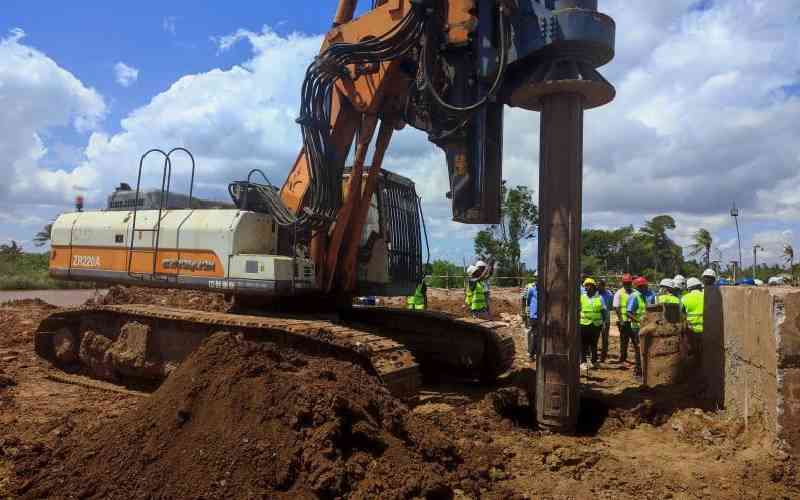×
The Standard e-Paper
Smart Minds Choose Us

Almost 30,000 more boreholes have been drilled in the last five years pointing to Kenya's unreliable water supply for millions of households.
Compared to between 2018 and 2019, the number of boreholes drilled to source the precious liquid has tripled to 45,086 in 2022.